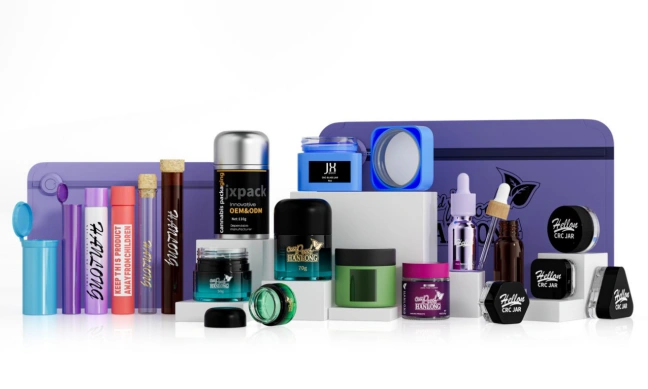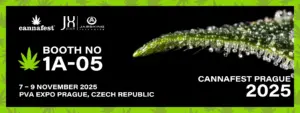The cannabis industry stands at a remarkable crossroads. What began as an underground market operating in legal shadows has evolved into a sophisticated, regulated industry projected to reach unprecedented growth. At the heart of this transformation lies an often-overlooked catalyst: packaging. Far from being a mere protective wrapper, cannabis packaging has emerged as the industry’s most powerful tool for regulatory compliance, brand differentiation, and consumer education.
With the cannabis packaging market projected to reach $1.99 billion in 2025 and growing at a 15.46% compound annual growth rate through 2030, the stakes have never been higher. This growth reflects not just market expansion, but the industry’s maturation from commodity-based transactions to premium consumer goods experiences. Today’s cannabis packaging must navigate a complex landscape where federal uncertainty meets state-by-state regulatory variations, where youth safety concerns intersect with brand expression needs, and where environmental consciousness shapes consumer purchasing decisions.
The challenge facing cannabis brands is unprecedented in modern commerce: how to build compelling brand identities within some of the most restrictive regulatory frameworks ever imposed on a consumer product category. Success requires mastering three interconnected pillars that form the foundation of effective cannabis packaging strategy—regulatory compliance that keeps businesses operational, creative branding that cuts through market noise, and transparent communication that builds lasting consumer trust.
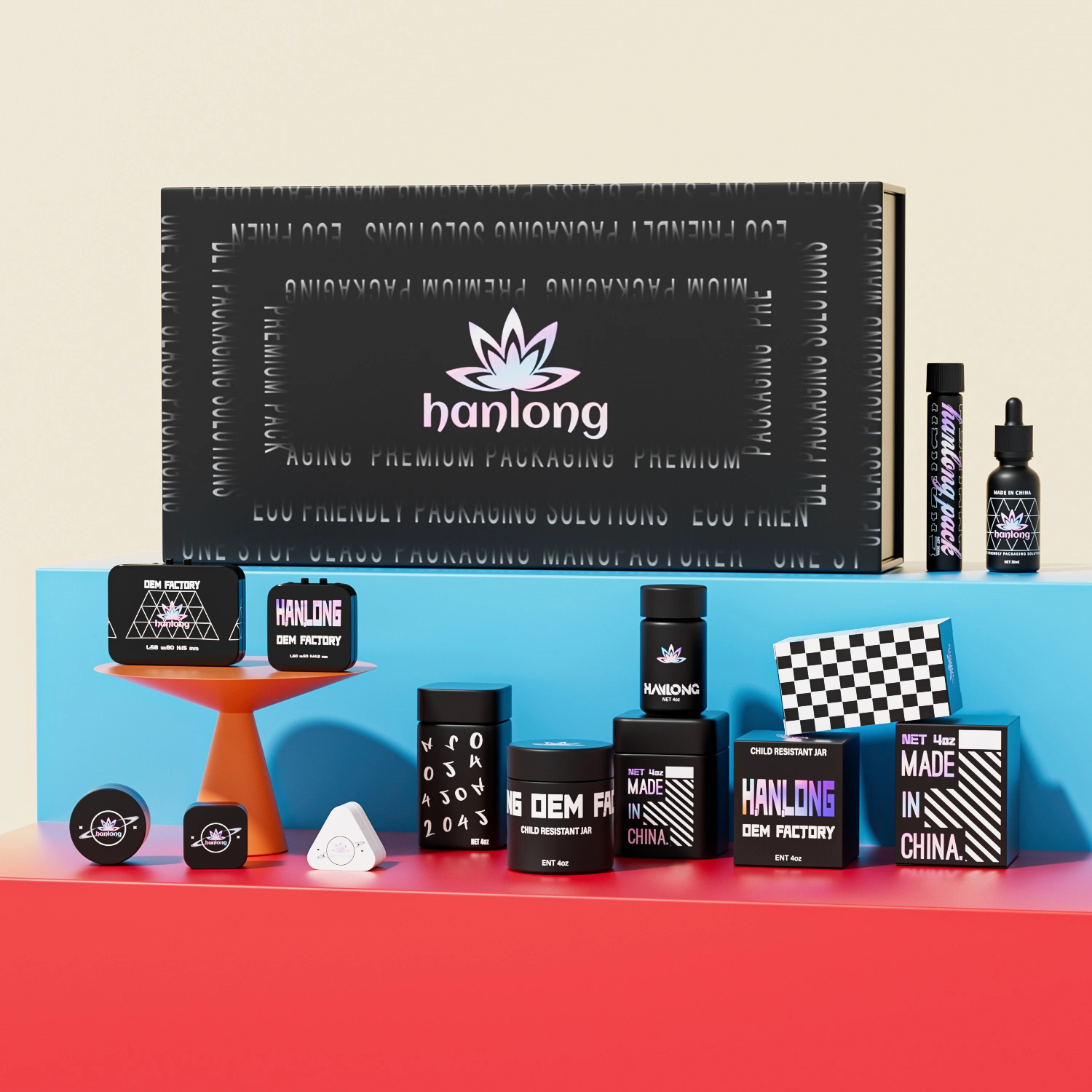
The Compliance Foundation: Navigating Complex Regulatory Requirements
Federal Uncertainty Meets State-Level Innovation
The cannabis industry operates within a unique legal paradox that directly impacts every packaging decision. While cannabis remains federally illegal, 39 states have established medical programs with varying recreational frameworks. This creates a patchwork of regulations where a compliant package in California might violate Colorado’s standards, and innovations approved in Oregon could face rejection in New York.
The regulatory landscape shifted significantly in 2025 as the Drug Enforcement Administration continued reviewing cannabis’ classification from Schedule I to Schedule III. This potential rescheduling could fundamentally alter packaging requirements, tax implications, and interstate commerce possibilities. However, the delayed implementation has created operational uncertainty for businesses trying to plan packaging strategies across multiple quarters.
State-level developments continue reshaping packaging requirements. Virginia is actively considering retail cannabis legalization, while Hawaii, Indiana, and Tennessee are introducing new bills that could expand medical or recreational access. Most significantly, Kentucky launched its medical cannabis program in 2025, creating new market opportunities for compliant packaging solutions. Each jurisdiction brings unique requirements for child-resistant mechanisms, labeling content, and materials specifications.
The Rise of Environmental Responsibility in Cannabis Packaging
Modern cannabis packaging compliance has evolved into a complex web of regulations that extend far beyond fundamental child-safety measures. As the industry matures, a growing intersection of environmental concerns, stringent safety standards, and sophisticated labeling requirements presents a multi-layered challenge for cannabis businesses.
A significant trend in cannabis packaging is the integration of environmental regulations with traditional safety mandates. A prime example of this is California’s updated regulations, which, effective January 1, 2024, require that plastic cannabis packaging be composed of at least 25% post-consumer recycled (PCR) material. This move signals a broader shift where sustainability is no longer a mere branding choice but a legal necessity. This growing emphasis on eco-friendly practices is pushing the industry towards innovative materials and designs that are both compliant and environmentally conscious.
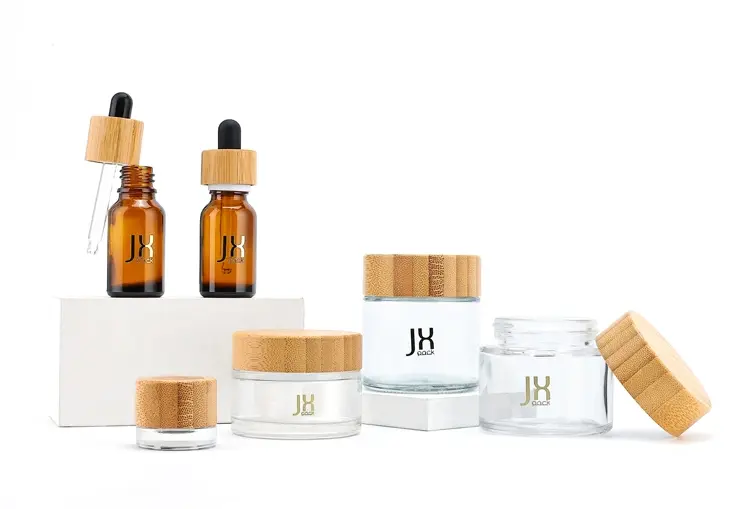
The Continuing Evolution of Child-Resistant Packaging
Child-resistant packaging remains a universal and non-negotiable requirement across all legal cannabis markets. However, the standards governing this crucial safety feature are in a constant state of evolution. It is not enough for packaging to simply be difficult for children to open; it must adhere to specific, rigorous standards and undergo stringent testing protocols.
At the federal level, the Poison Prevention Packaging Act (PPPA) sets the foundation for child-resistant standards, which are overseen by the Consumer Product Safety Commission (CPSC). To be deemed child-resistant, packaging must be significantly difficult for children under five to open within a reasonable time. The testing to certify this involves protocols where 85% of children are unable to open the package within a five-minute period.
ASTM International, formerly the American Society for Testing and Materials, provides the technical standards and classifications for what constitutes a child-resistant package. These standards are continuously updated to reflect new packaging innovations and safety concerns. As the cannabis industry has grown, so has the innovation in child-resistant designs, moving beyond the traditional push-and-twist caps to include options like slide boxes, tins with complex opening mechanisms, and specialized mylar bags with child-resistant zippers.
Youth Appeal Restrictions: A Critical Balance
Research reveals the ongoing challenge of preventing youth access while maintaining brand appeal. Studies indicate that 8% of cannabis edibles utilize copycat packaging resembling popular snack brands, creating confusion and potential safety risks. Eye-tracking studies demonstrate that youth-appealing packaging attributes significantly reduce attention to mandatory warning labels, undermining safety communication effectiveness.
Current regulations prohibit cartoon characters, bright colors reminiscent of children’s products, and familiar brand imagery that might attract minors. However, enforcement remains inconsistent across jurisdictions, with some states taking aggressive action against violators while others focus on education over penalties. The challenge intensifies for edible products, where manufacturers must differentiate their offerings from mainstream confectionery without creating youth appeal.
The regulatory response continues evolving. Some jurisdictions are implementing plain packaging requirements similar to tobacco regulations, while others permit branded packaging with strict design limitations. This divergence creates strategic complications for multi-state operators who must develop packaging systems that comply with the most restrictive standards while maintaining brand consistency.
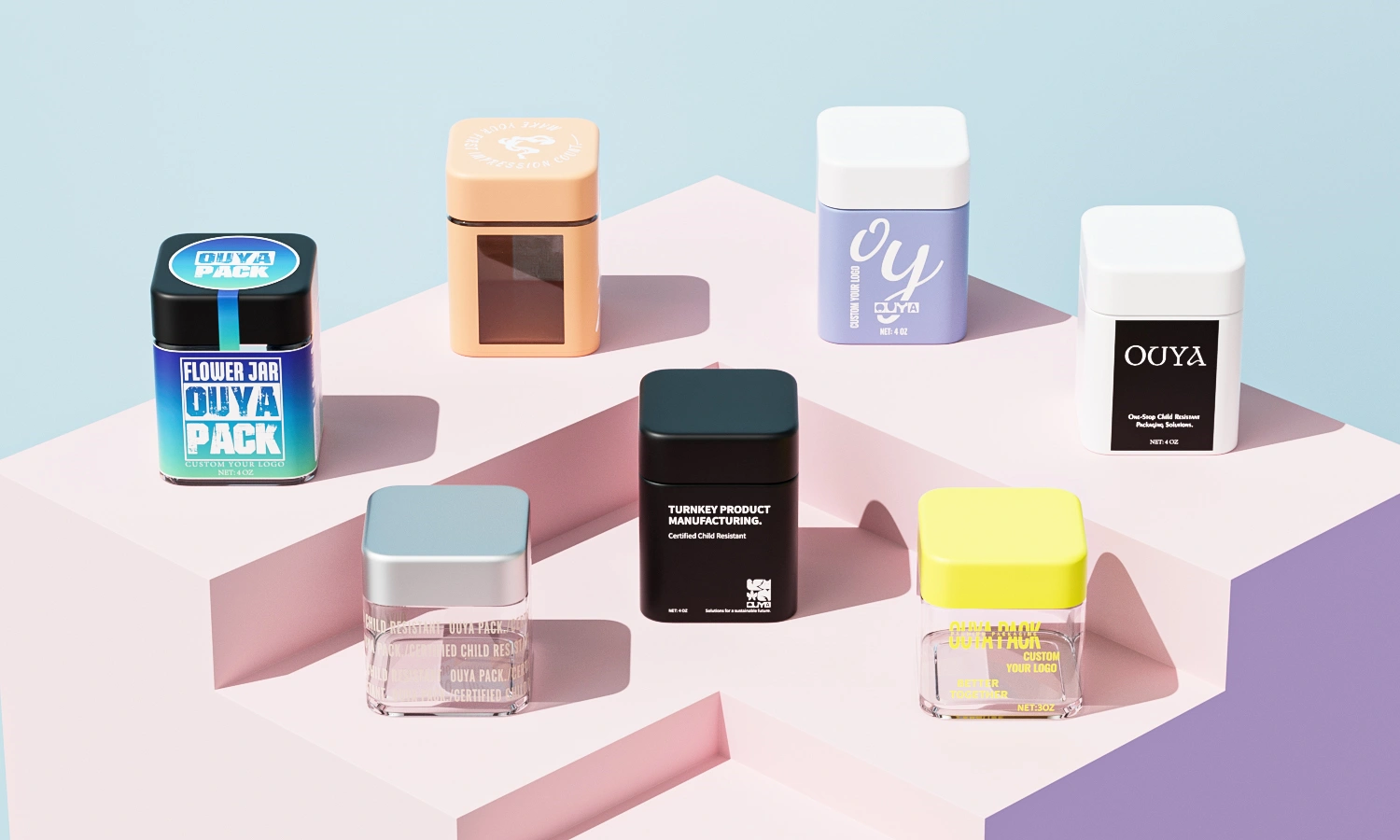
The Intricacies of Modern Cannabis Labeling
Labeling requirements for cannabis products have become increasingly sophisticated, creating a challenging compliance landscape for businesses, especially those operating in multiple states. The core objective of these regulations is to provide consumers with clear, accurate, and comprehensive information about the product they are purchasing.
Cannabinoid Content: A universal requirement is the clear display of THC and CBD content. Regulations typically mandate that this information be presented both per serving and for the total package. The acceptable variance between the labeled cannabinoid content and the actual content is also tightly regulated, with states like Colorado allowing a +/-15% variance, while California has a stricter +/-10% tolerance. For edible products, most states limit THC content to 10mg per serving and 100mg per package.
State-Specific Warnings and Symbols: A significant challenge for multi-state operators is the variation in required warning statements and universal symbols. Each state has its own unique symbol to identify products containing THC. For instance, California uses a black triangle with a cannabis leaf and an exclamation point, whereas Colorado employs a diamond shape with “THC” inside. These symbols often have specific size and placement requirements on the package.
Furthermore, the mandated health warnings differ from state to state. Common warnings address risks related to brain development, mental health impacts, and impaired driving. California, for example, requires prominent health warnings covering these specific dangers.
Digital Accountability through QR Codes: Many states now mandate the inclusion of scannable QR codes on cannabis packaging. These codes provide consumers with direct access to a product’s Certificate of Analysis (COA). The COA is a detailed lab report that verifies the product’s potency and confirms that it has been tested for contaminants such as pesticides, heavy metals, and residual solvents. This creates a transparent digital trail, fostering accountability from the initial cultivation stages to the final point of consumption.
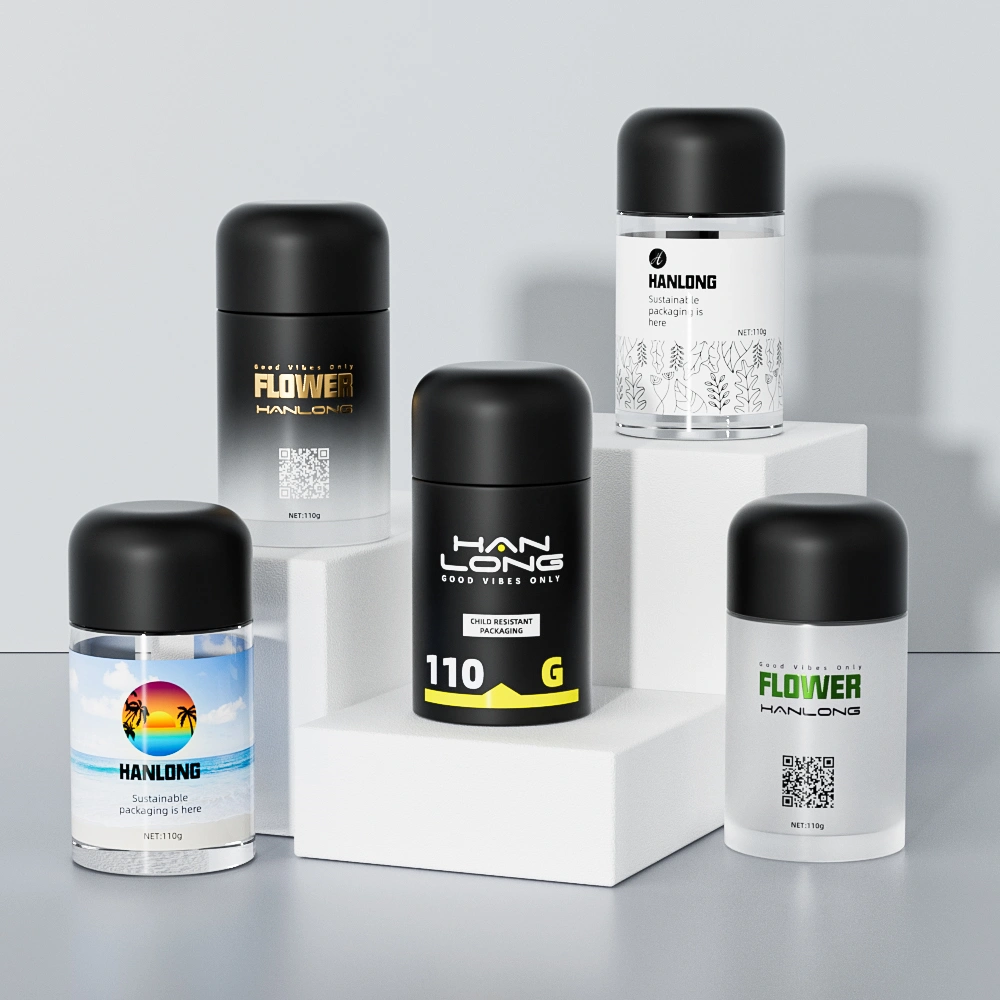
The Non-Negotiable Role of Tamper-Evident Features
Tamper-evident features are a critical and non-negotiable component of cannabis packaging across all product categories. These features provide a clear visual indication if a package has been opened or otherwise compromised, ensuring product integrity and consumer safety. The technology behind these features is continually advancing to combat the proliferation of counterfeit products.
Traditional and Advanced Tamper-Evident Solutions: The most common forms of tamper-evident technology include heat seals, breakable tabs, and shrink bands. However, the industry is increasingly adopting more sophisticated solutions. This includes the use of smart seals and labels embedded with Near Field Communication (NFC) or Radio Frequency Identification (RFID) technology. Companies like Brandmydispo and TrueGreen are leveraging this technology to offer enhanced security. Consumers can use their smartphones to scan these tags, which can verify the product’s authenticity and indicate if the seal has been broken.
Blockchain-Enabled Authentication: Some jurisdictions and forward-thinking companies are now requiring or implementing blockchain-enabled authentication systems to provide an even higher level of security and transparency. Blockchain creates an immutable and decentralized digital ledger of all transactions, making it virtually impossible to tamper with a product’s history. By scanning a QR code or NFC tag linked to the blockchain, consumers can access a complete record of the product’s journey from “seed to sale.” This includes information about its cultivation, lab testing results, and every step of the supply chain. Companies like TruTrace Technologies, with their StrainSecure platform, are real-world examples of blockchain being used to enhance traceability and combat counterfeiting in the cannabis market. This technology not only ensures product authenticity but also builds a new level of trust and confidence between consumers and cannabis brands.
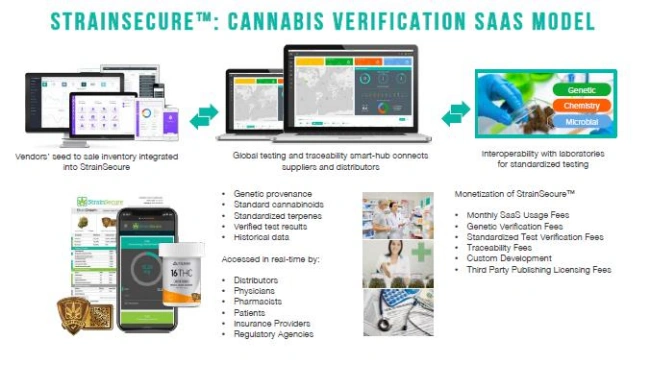
Case Study: TruTrace Technologies StrainSecure platform
TruTrace Technologies’ StrainSecure platform is a blockchain-based software solution for the cannabis, hemp, and CBD industries. The platform tracks products throughout the entire supply chain, from “genome to sale,” providing transparency, verifying product quality, and protecting intellectual property.
How the platform works
StrainSecure works as a cloud-based software as a service (SaaS) platform that links various parts of the supply chain through an immutable and cryptographically secure blockchain.
- Genetic fingerprinting: Partner laboratories conduct genomic verification of cannabis plants. The unique DNA signature of a plant batch is then registered in the blockchain database.
- Track and trace: Test data and other information, such as movement and inventory intelligence, are added to the blockchain at every point in the manufacturing and distribution process.
- Verification for consumers: Consumers can scan a QR code on a product’s packaging to access a dashboard of verified information about the batch. This includes lab test results, strain genetics, and origin.
Key features and benefits
- Intellectual property (IP) protection: Growers and breeders can protect their unique cannabis strains by registering the genetic fingerprint of their plants on the blockchain, creating a verifiable chain of evidence.
- Mitigates risk: The platform’s transparent and tamper-proof record-keeping reduces the risk of recalls, as manufacturers and regulators can quickly pinpoint the origin of any issues.
- Ensures consumer safety: By validating product quality and testing standards, StrainSecure helps protect consumers from contaminants, harmful chemicals, and mislabeled products. This builds confidence in brands and the legal cannabis market.
- Promotes brand reputation: Brands can use the customizable QR code feature as a marketing tool to showcase product quality and provide educational content directly to consumers.
- Simplifies compliance and reporting: The platform streamlines the administrative burden of mandatory reporting for producers and laboratories by automating documentation and record-keeping.
- Enhances B2B collaboration: StrainSecure offers a collaboration module that allows businesses to share detailed batch information with partners in real-time.
Branding in a Constrained Environment: Creative Solutions Within Regulatory Boundaries
The Industry’s Aesthetic Evolution
The cannabis industry is undergoing a fundamental branding transformation that extends far beyond regulatory compliance. Modern cannabis packaging is deliberately moving away from traditional cannabis leaf imagery and counterculture aesthetics, embracing mainstream consumer goods design principles that signal sophistication, wellness, and lifestyle integration.
This shift reflects strategic positioning toward “canna-curious” consumers and wellness-focused users who prefer products that blend seamlessly into their existing lifestyle routines. Successful brands are creating packaging that consumers feel comfortable displaying in their homes, carrying in public, and recommending to friends without stigma concerns.
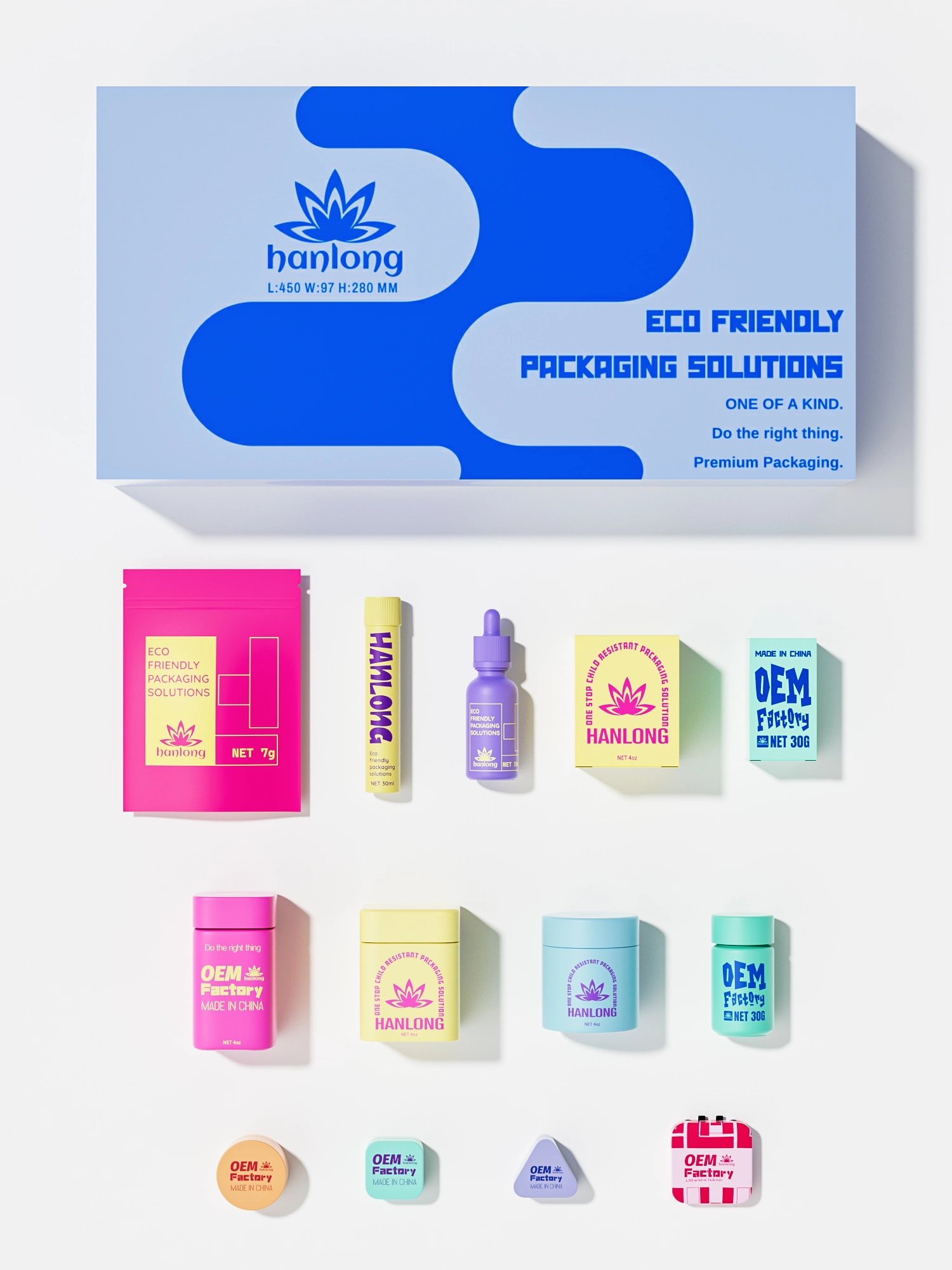
Design Strategies Within Regulatory Constraints
Typography has emerged as a primary differentiation tool in the constrained cannabis packaging environment. Leading brands are abandoning corporate, medical-style fonts in favor of hand-drawn, curvy, and thought-provoking styles that convey personality while maintaining professionalism. These fonts create emotional connections with consumers, suggesting the anticipated product experience through visual language alone.
Color psychology plays a strategic role in brand positioning within regulatory limitations. While traditional green and brown palettes dominated early cannabis packaging, 2025’s leading designs feature bright purples, neon oranges, and deep metallic blues. Some innovative brands successfully combine seemingly incompatible color combinations that create memorable shelf presence while complying with youth-appeal restrictions.
Tactile experiences are becoming crucial differentiators. Beyond visual appeal, successful packages incorporate textural elements that consumers want to touch—soft fabric-like finishes, subtle grain textures, and materials offering gentle resistance. These tactile cues communicate premium quality and create positive associations during the crucial first interaction with the product.
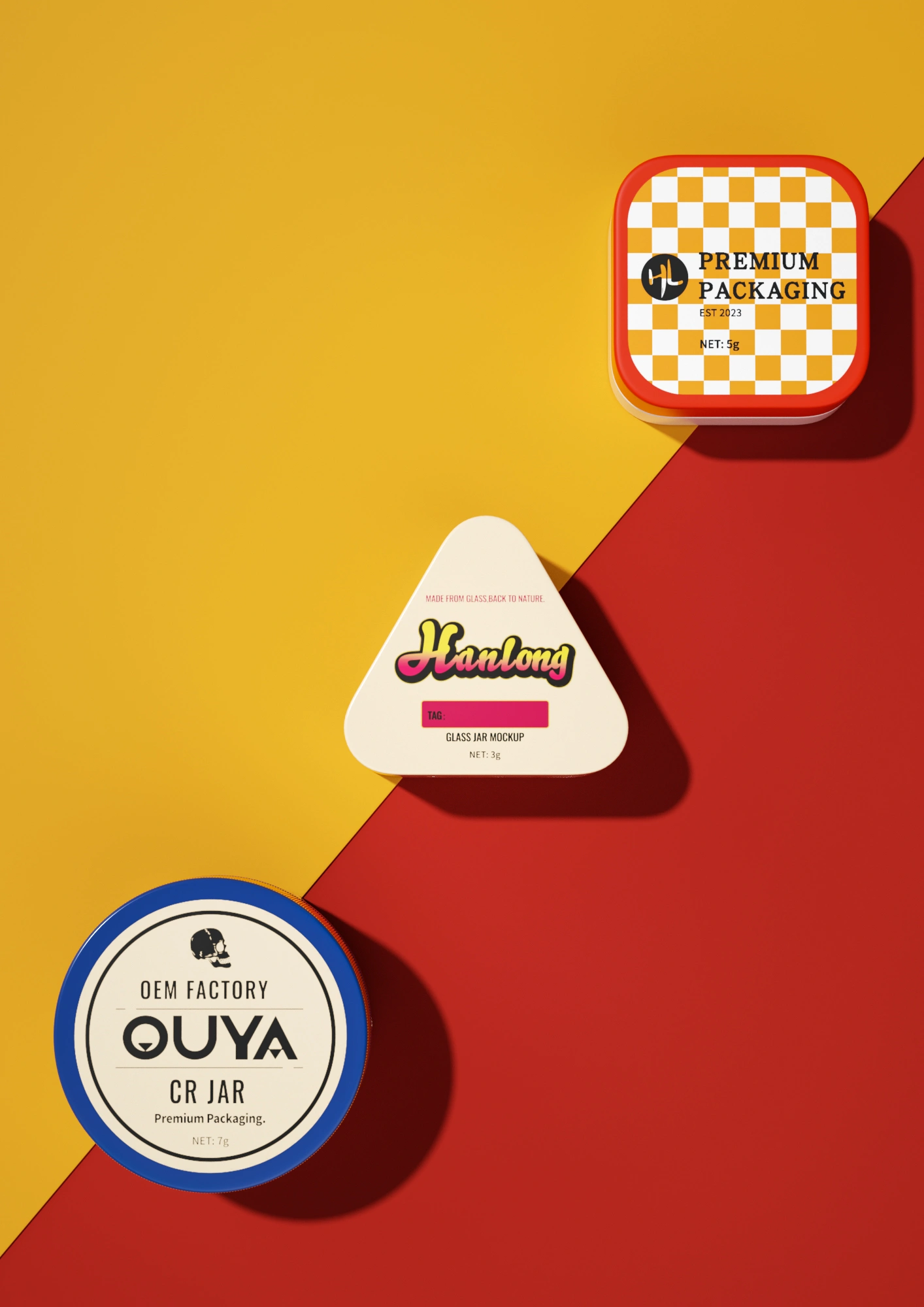
Premium Positioning Through Design Innovation
The industry’s maturation has enabled sophisticated premium positioning strategies that rival traditional luxury consumer goods. Matte finishes, embossed features, and foil stamping provide visual and physical depth that consumers associate with high-quality products. Magnetic closures are rapidly becoming standard for premium flower and concentrate packaging, creating elegant, memorable opening experiences.
Rigid boxes with custom inserts transform cannabis products into premium keepsakes, shifting consumer perception from disposable packaging to collectible containers. This approach particularly resonates with consumers who view cannabis as part of their wellness routine rather than simple recreational consumption.
Strategic Brand Storytelling
With limited traditional advertising opportunities, packaging serves as the primary marketing vehicle for cannabis brands. Successful companies are leveraging every available surface to communicate their brand story, values, and product benefits within regulatory constraints.
Minimalist design philosophies are dominating contemporary cannabis packaging, helping brands cut through visual noise with clean, confident messaging. Bold typography and strategic whitespace allow products and key messages to breathe while maintaining sophisticated aesthetics. Some brands successfully blend retro and futuristic design elements to create unique visual identities that feel both nostalgic and forward-thinking.
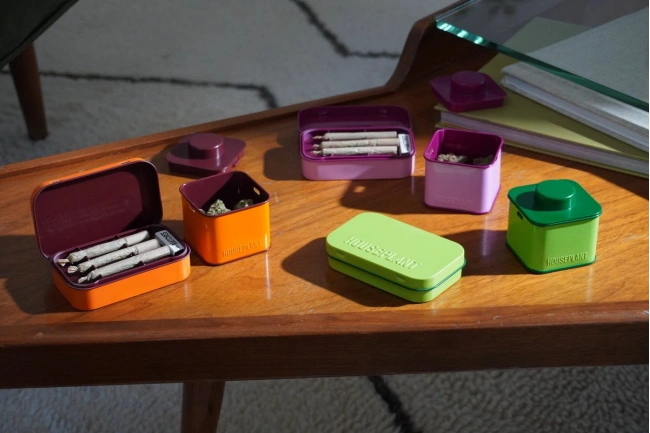
Overcoming Branding Challenges
Cross-platform consistency presents ongoing challenges for cannabis brands operating under varying state regulations. Companies must develop flexible brand systems that maintain core identity elements while adapting to different regulatory requirements, package sizes, and local market preferences.
The limited advertising landscape forces packaging to work harder as a marketing tool than in virtually any other consumer goods category. Successful brands are creating educational packaging that guides consumers through product selection, usage instructions, and effect expectations without making unsubstantiated health claims.
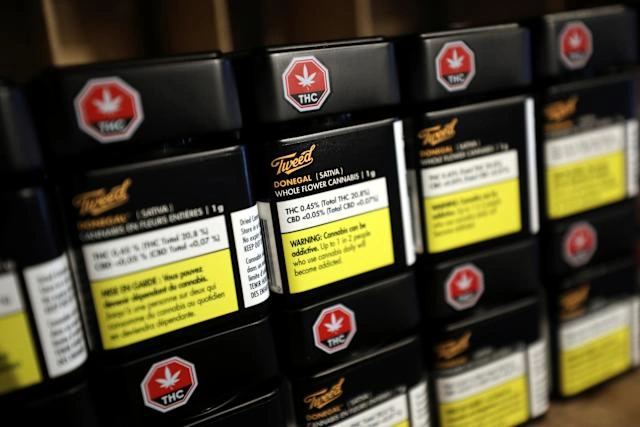
Building Consumer Trust Through Transparent Communication
The Trust Imperative in Cannabis
The cannabis industry faces unique credibility challenges stemming from decades of prohibition-era stigma and misinformation. Consumer safety concerns about potency, contamination, and product quality require transparent communication strategies that exceed typical consumer goods standards. Packaging serves as the primary vehicle for establishing credibility and building lasting consumer relationships.
Research demonstrates that branded packages are significantly more appealing than plain packaging alternatives, but appeal alone is insufficient. Modern cannabis consumers demand comprehensive product information, safety data, and clear usage guidance that enables confident, responsible consumption decisions.
Transparency as Trust-Building Strategy
Clear potency labeling addresses fundamental consumer concerns about cannabis products. Studies reveal that consumers frequently struggle with THC serving identification, creating safety risks and negative experiences that undermine brand loyalty. Leading brands are implementing visual dosage guides, onset time information, and effect duration estimates that enable informed consumption decisions.
Ingredient transparency has become non-negotiable for premium cannabis brands. Comprehensive disclosure of additives, terpene profiles, and processing methods builds consumer confidence while differentiating products in crowded markets. Third-party testing results and certification information prominently displayed on packaging creates additional credibility layers.
Cultivation and processing transparency is emerging as a significant trust-building strategy. Farm-to-shelf traceability information helps consumers understand product origins, cultivation methods, and quality control processes. Some brands are including harvester profiles, cultivation techniques, and environmental practices that create emotional connections between consumers and product sources.
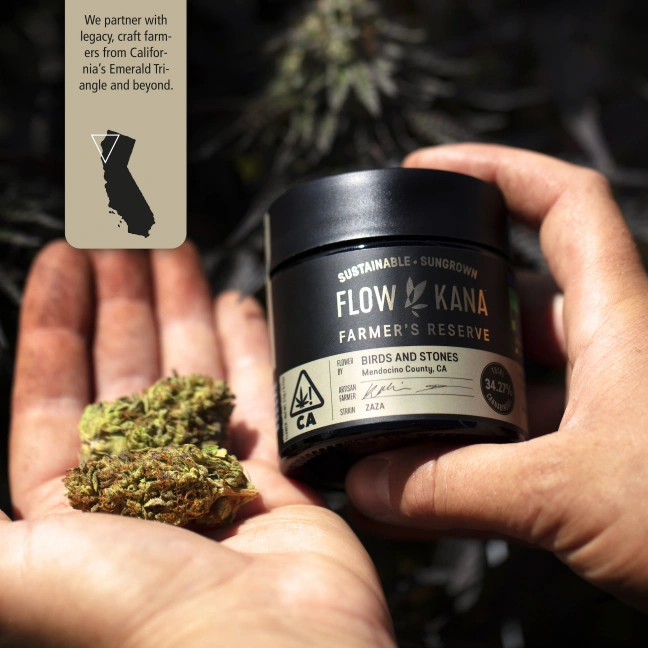
Educational Packaging Design
Effective cannabis packaging serves as an educational platform that guides consumers through safe, effective product usage. Onset time guidance helps consumers avoid overconsumption by clearly communicating when effects typically begin and peak. Storage instructions maintain product potency while preventing accidental access by children or pets.
Medical contraindication information and drug interaction warnings demonstrate responsible practices that build long-term consumer trust. While regulatory requirements mandate basic safety information, leading brands are providing comprehensive usage guidance that enables positive consumption experiences.
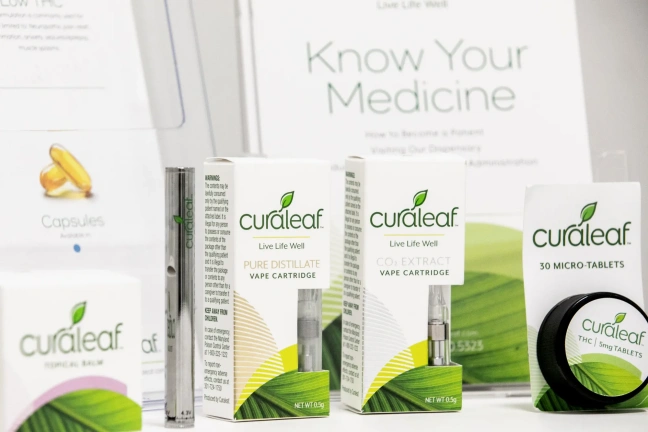
The Future of Cannabis Packaging: Trends and Innovations
Sustainability Leadership
Environmental consciousness is reshaping cannabis packaging strategies across all market segments. More than 72% of consumers prefer eco-friendly packaging options, driving brands to adopt sustainable materials and practices that align with consumer values while meeting regulatory requirements.
Hemp-based packaging materials offer natural alignment with cannabis branding while providing biodegradable alternatives to traditional plastics. PLA (polylactic acid) materials derived from plant sources can be composted under proper conditions, addressing environmental concerns without compromising functionality. Reusable glass containers are gaining popularity due to their zero-waste impact and premium positioning opportunities.
Compostable pouches for edibles and flower products represent innovative solutions that balance functionality with environmental responsibility. These materials break down completely under commercial composting conditions while maintaining product integrity during storage and transportation.
Circular economy principles are influencing packaging design decisions across the industry. Refillable containers and take-back programs create ongoing customer relationships while reducing environmental impact. Some brands are implementing local sourcing strategies that minimize transportation-related carbon footprints while supporting regional economies.
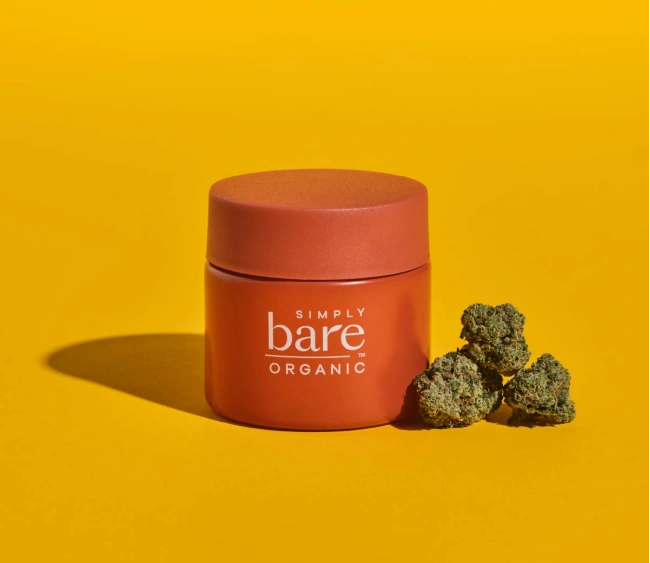
Personalization and Market Segmentation
The modern cannabis packaging landscape has evolved into a sophisticated system of targeted communication, where brands treat their product portfolios with the same strategic segmentation approach as beauty or beverage companies. Rather than creating one-size-fits-all containers, leading cannabis companies now develop distinct visual dialects, information hierarchies, and unboxing experiences tailored to specific consumer segments. This approach recognizes that a medical patient managing chronic pain has fundamentally different needs and preferences than a recreational user seeking social enhancement, and their packaging should reflect these distinctions.
Medical cannabis packaging has embraced pharmaceutical standards that prioritize information density and clinical credibility. In states like Pennsylvania and Minnesota, medical labels must display precise milligrams of every active cannabinoid per dose, comprehensive contraindication statements, and lot-specific expiration dates. To accommodate this extensive data without compromising legibility, packaging designers employ extended panels, peel-back labels, and booklet folds that maintain readable typography above six-point minimum standards. Medical packages also feature prominent interaction warnings and side-effect call-outs, with Colorado and Maryland requiring explicit statements about drug-drug interactions and machinery operation risks. These warnings are typically presented through red icon rows that mirror over-the-counter pharmaceutical designs, enabling medical users to quickly scan for relevant safety information.
The discretion factor plays a crucial role in medical packaging design. Companies operating in Florida’s vertically-integrated medical market report that more than 40% of patients prefer pocket-sized white bottles with subdued grey lot numbers—designs that resemble prescription vials rather than lifestyle products. This preference has driven innovation in resealable, scent-blocking pouches with debossed strain codes that allow patients to carry doses without social stigma. The medical segment’s emphasis on functionality over flashiness creates packaging that patients feel comfortable using in public spaces, reinforcing cannabis’s acceptance as legitimate medicine rather than recreational indulgence.
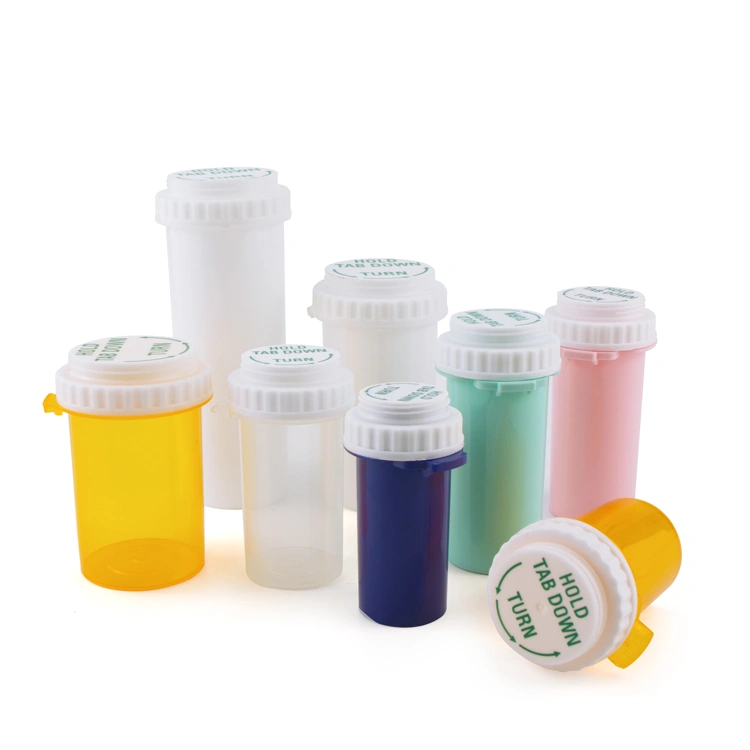
Recreational cannabis packaging takes a dramatically different approach, prioritizing experience storytelling and lifestyle integration over clinical data presentation. In adult-use markets, 73% of new flower lines launched in 2024-25 utilize color gradients and illustration styles that signal intended effects—”energy,” “focus,” or “chill”—rather than emphasizing technical cannabinoid profiles. While dosage information remains present for regulatory compliance, it moves to secondary panels, allowing experience-focused branding to dominate the primary visual space. This shift reflects recreational consumers’ preference for emotional connection over clinical data, as they seek products that enhance specific activities or moods rather than treating medical conditions.
The social sharing aspect of recreational packaging has become increasingly important as brands navigate advertising restrictions. Hexagonal pre-roll tins, flip-top drink can-style joints, and packages with peel-to-reveal interior art encourage social media posting—providing crucial organic marketing opportunities when paid advertisements remain prohibited. Some Nevada brands have innovated by bundling mini lighters or reusable mouthpieces within carton cavities, creating accessories that remain visible long after product consumption while staying exempt from THC regulations. These design elements transform packaging into conversation starters and brand ambassadors that extend far beyond the initial purchase moment.
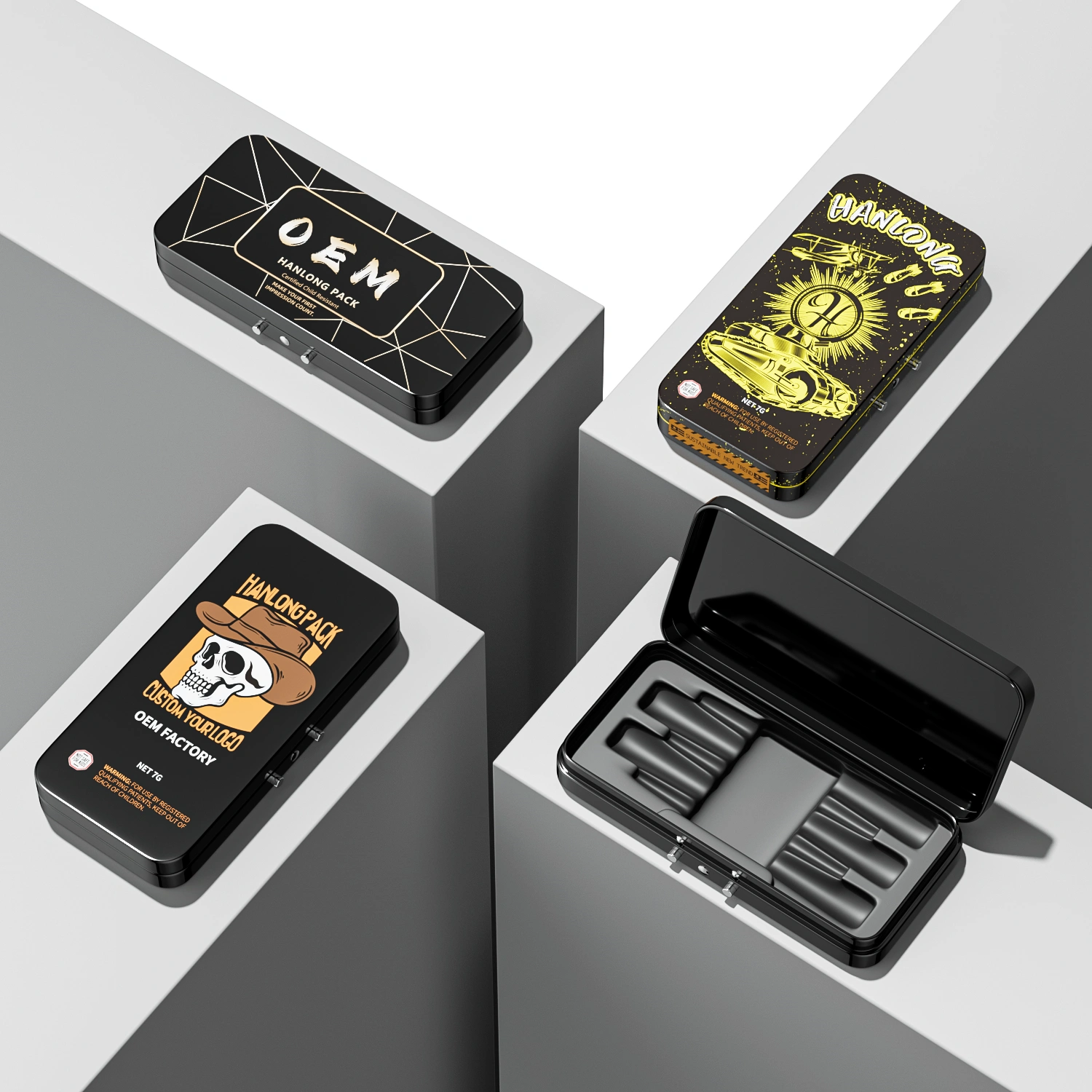
Demographic targeting within regulatory constraints requires sophisticated design strategies that appeal to specific age groups without triggering youth appeal violations. Eye-tracking research demonstrates that muted jewel tones maintain older customers’ focus on dosage information, while neon palettes can shift attention toward graphics—potentially violating youth appeal restrictions. Design teams now develop parallel colorways for different demographic segments: sage-green and bronze palettes for wellness-focused consumers aged 45 and above, and citrus gradients for social users between 25 and 40 years old. Importantly, these variations maintain consistent typography and icon sets to preserve regulatory compliance while enabling targeted demographic appeal.
Cultural customization represents another frontier in cannabis packaging personalization, allowing brands to connect authentically with diverse consumer communities. Latin-owned brands in California have successfully incorporated bilingual strain stories and Día-de-los-Muertos line art, while Indigenous-led companies in Canada emboss treaty-land maps on lid liners. These cultural elements comply with regulations because they avoid prohibited cartoon characters and celebrity imagery while creating powerful community connections. The approach demonstrates how brands can honor cultural heritage and build consumer affinity without compromising compliance standards.
Limited edition packaging has emerged as a powerful tool for generating consumer excitement and media attention within advertising-restricted markets. “420” anniversary tins, artist-collaboration glass jars, and region-specific harvest releases move rapidly without requiring paid media promotion. The regulatory strategy involves pre-approving blank compliant dielines, then swapping color plates or applying numbered sleeves for special releases. This approach maintains SKU legality while harnessing drop-culture scarcity psychology to spike engagement and create collector appeal among cannabis enthusiasts.
The evolution toward sophisticated market segmentation reflects the industry’s maturation from commodity-based transactions to premium consumer goods experiences. Modern cannabis packaging functions as a modular communication system that flexes between clinical accuracy for medical users, lifestyle storytelling for recreational consumers, and micro-community resonance for cultural segments—all while maintaining the rigid compliance guardrails that prohibit youth appeal and mandate uniform warning statements. This strategic approach to personalization enables brands to build deeper consumer relationships and command premium pricing while navigating one of the most regulated consumer goods categories in modern commerce.
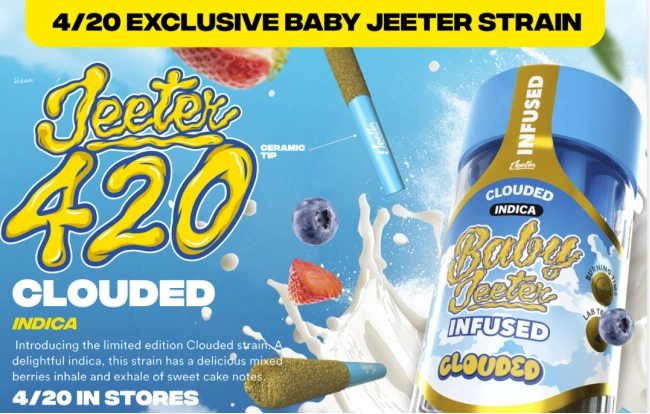
Conclusion: Packaging as Strategic Advantage
The cannabis industry’s relationship with packaging has evolved from basic regulatory compliance to sophisticated strategic asset deployment. Successful cannabis brands understand that packaging represents their most unrestricted marketing opportunity, primary consumer education platform, and crucial differentiation tool in increasingly competitive markets.
The three pillars of compliance, branding, and trust are not independent elements but interconnected components of comprehensive packaging strategies. Regulatory compliance provides the foundation for legal operations, but exceptional compliance becomes a competitive advantage when communicated effectively to consumers. Creative branding within regulatory constraints demonstrates sophistication and market understanding that resonates with quality-conscious consumers. Transparent communication builds the trust necessary for long-term customer relationships and brand advocacy.
The industry’s continued evolution toward mainstream acceptance depends largely on packaging innovations that normalize cannabis consumption while maintaining safety standards. Brands that successfully balance creativity with responsibility are establishing market positions that will endure as regulations evolve and competition intensifies.
Investment in packaging strategy represents long-term brand building that extends far beyond immediate sales impact. Superior packaging creates market advantages through enhanced shelf presence, improved consumer experiences, and strengthened brand recognition that translates into customer loyalty and premium pricing opportunities.
As the cannabis industry matures from commodity transactions to premium consumer goods experiences, packaging excellence becomes increasingly crucial for sustainable success. The brands that understand packaging as strategic advantage rather than necessary compliance cost will shape the industry’s future while building lasting consumer relationships founded on trust, transparency, and exceptional experiences.
